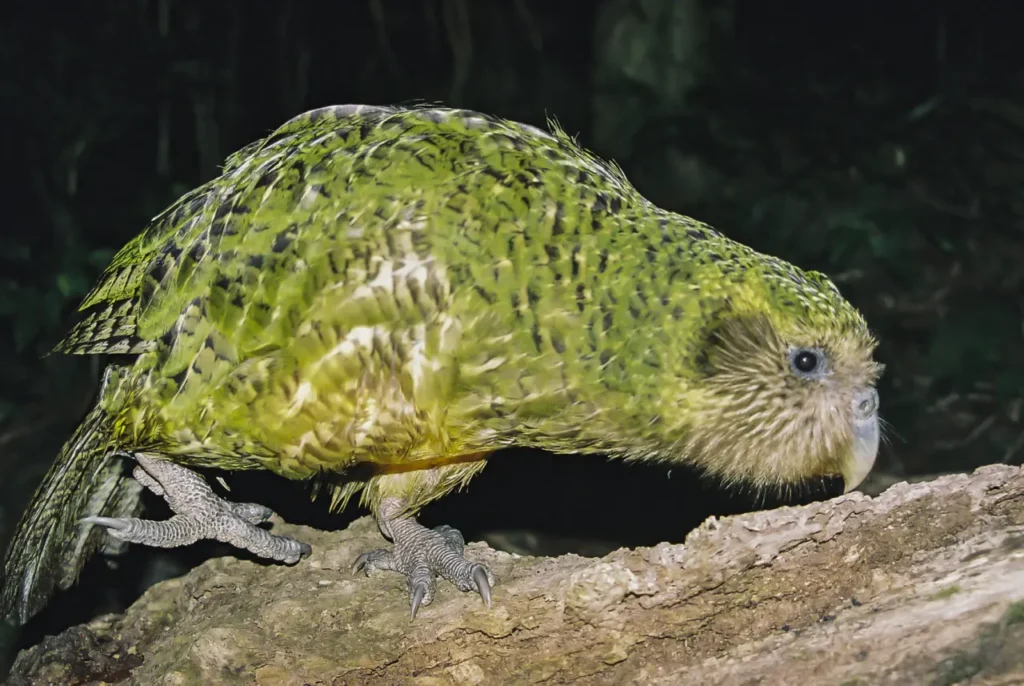Deep within the remote forests of New Zealand, a remarkable and endangered parrot species known as the Kakapo (Strigops habroptila) makes its last stand. With its captivating charm, unique appearance, and dire status, the Kakapo stands as a symbol of both the fragility and the resilience of the natural world. In this article, we embark on a journey to uncover the captivating world of the Kakapo, exploring its appearance, behaviors, habitat, and the vital efforts being made to safeguard its existence.

The Kakapo is unlike any other parrot species, boasting a distinctive combination of traits. A large and flightless bird, it possesses a sturdy build, rounded body, and short wings, with males growing up to 60 centimeters (24 inches) in length and weighing between 2 to 4 kilograms (4.4 to 8.8 pounds). Yet, it’s the Kakapo’s lush moss-green plumage that truly sets it apart, allowing it to blend seamlessly with its forest surroundings. Its velvety feathers give it an appearance of softness, a quality that contradicts its rugged habitat. The Kakapo’s large, expressive eyes framed by a vibrant rim of feathers add to its undeniable appeal.
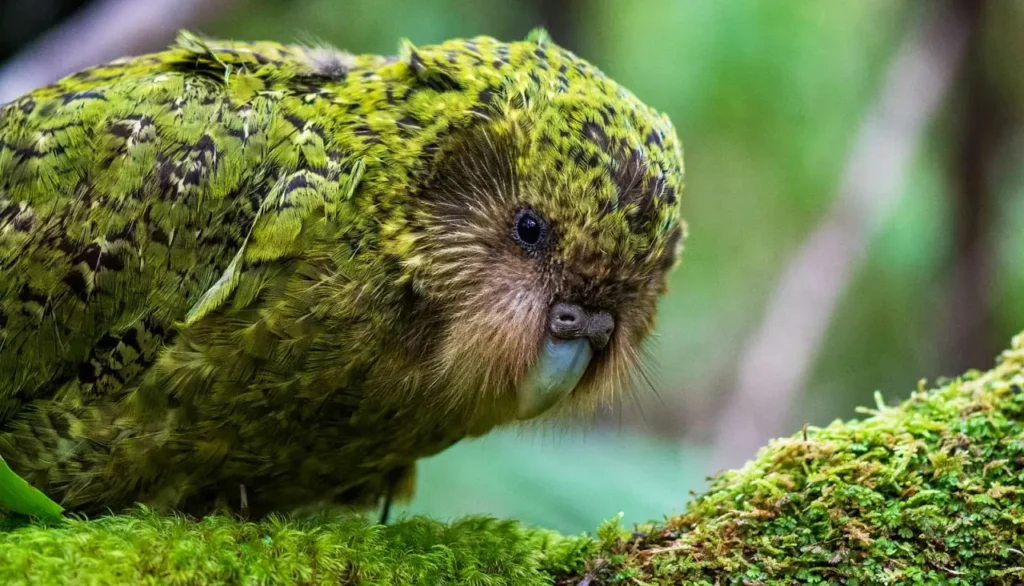
Historically widespread across New Zealand, the Kakapo’s population has dramatically dwindled due to habitat loss and the introduction of predators, such as rats and stoats. Now, their existence is confined to carefully managed predator-free islands like Codfish Island (Whenua Hou), Anchor Island, and Little Barrier Island. In these safe havens, the Kakapo exhibits nocturnal behaviors, thriving in the twilight and nighttime hours when predators are less active. Its keen night vision and acute sense of hearing enable it to navigate its habitat and locate nourishment even in the darkest hours.
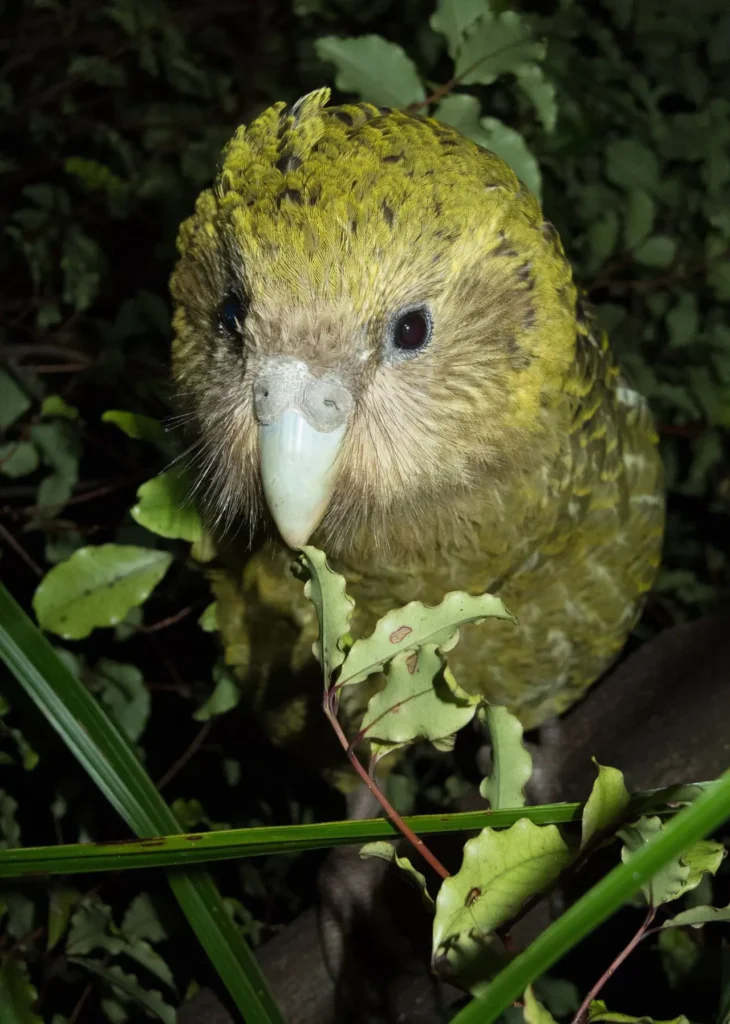
The Kakapo’s diet is primarily vegetarian, encompassing leaves, bark, flowers, fruits, and seeds from various native plants. However, its specialized diet is both a testament to its adaptability and a challenge. The reliance on specific tree species for sustenance makes it vulnerable to any shifts in its forest ecosystem.
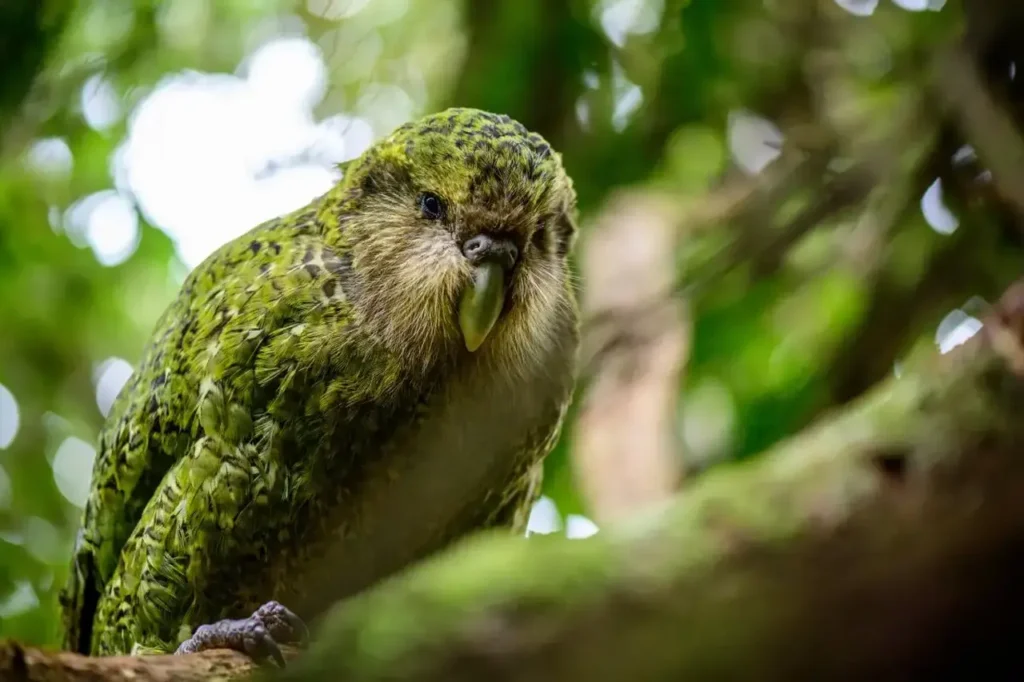
One of the Kakapo’s most captivating behaviors is its unique breeding system. Unlike many parrots, Kakapos engage in a lek breeding system, where males congregate in specific areas to perform intricate courtship displays. Booming calls, bill-snapping, and fluffed feathers combine to create a captivating dance of attraction. Females select their mates based on the quality of these displays and the males’ booming prowess. However, due to low population numbers and infrequent breeding, Kakapo reproduction is a slow process, adding to the hurdles they face.
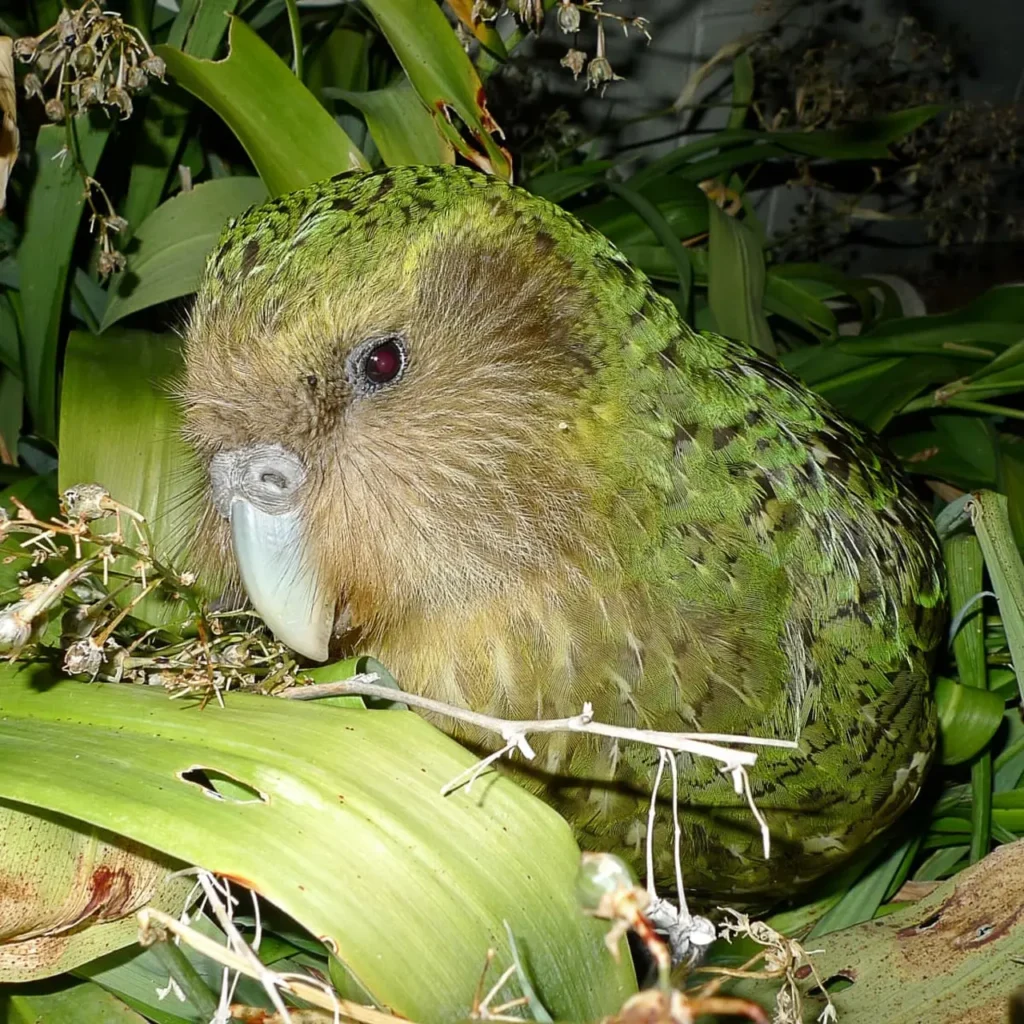
The road to Kakapo recovery is fraught with challenges. The devastation of habitat loss, the introduction of predators, and diseases had caused the population to plummet to a mere 51 individuals by the 1990s. In response, the Kakapo Recovery Program was initiated in the late 1980s. This comprehensive effort focuses on predator control, habitat restoration, captive breeding, and vigilant monitoring of the remaining birds. While progress has been gradual, recent years have witnessed a promising increase in the Kakapo population.
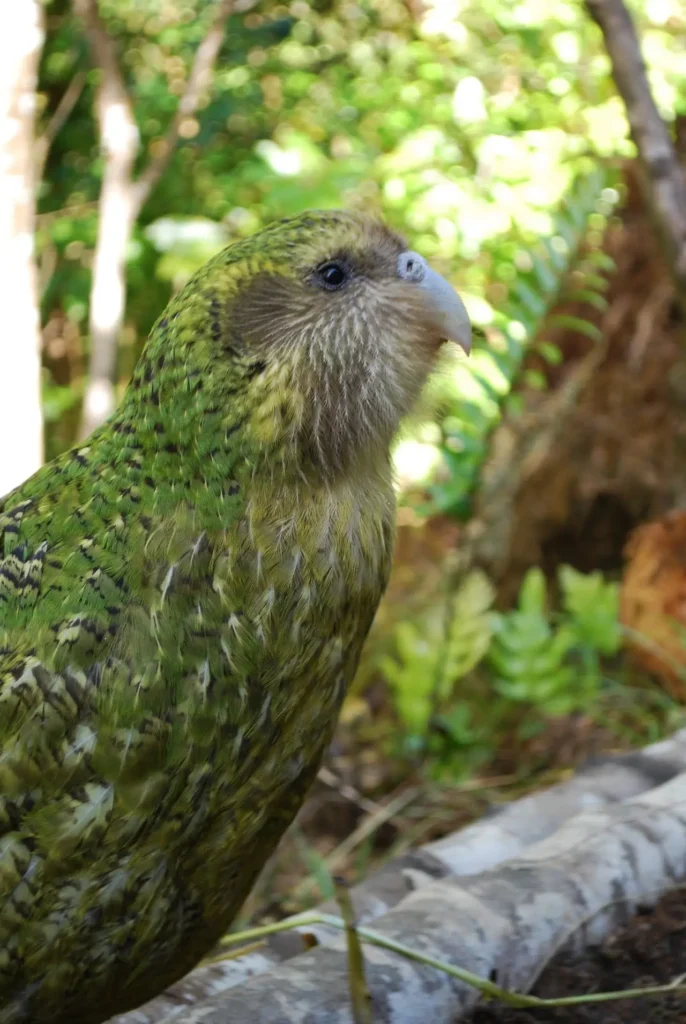
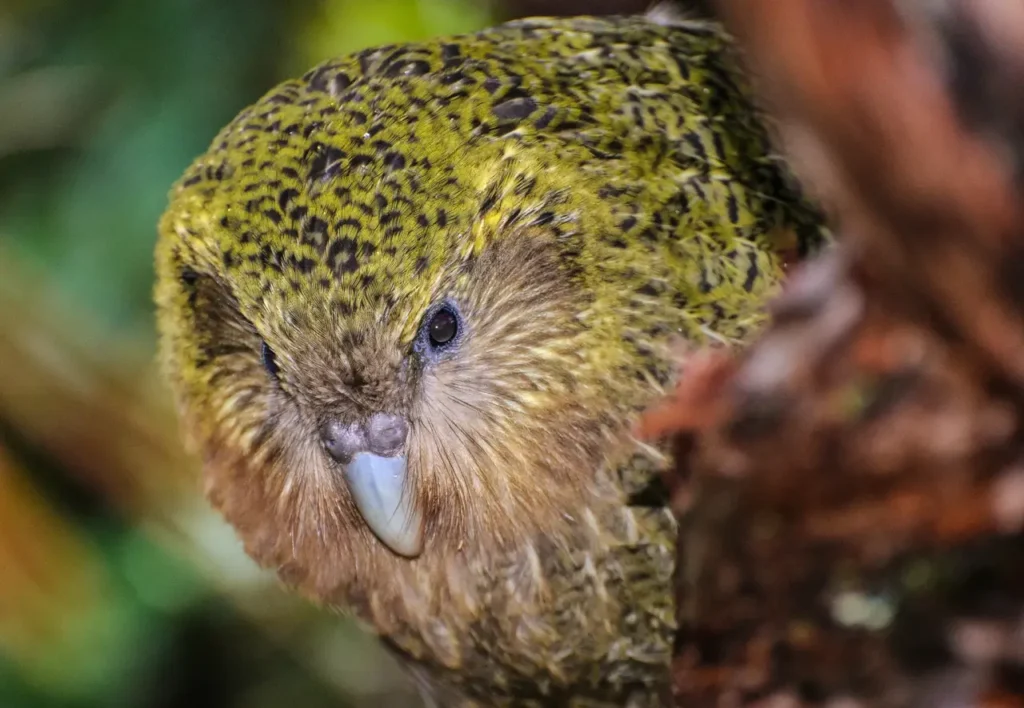
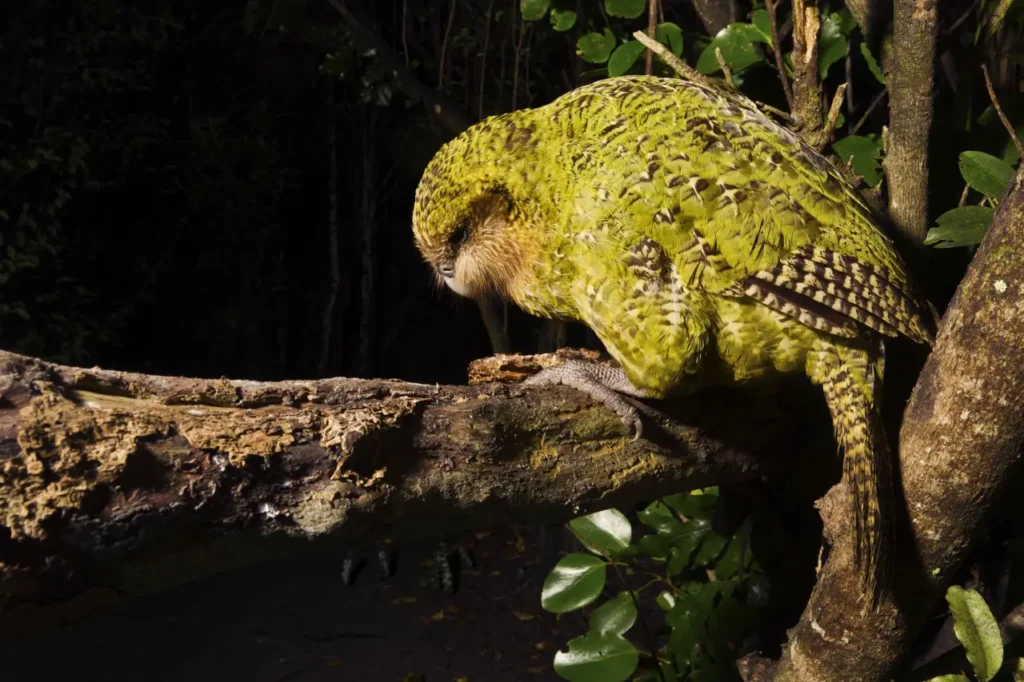
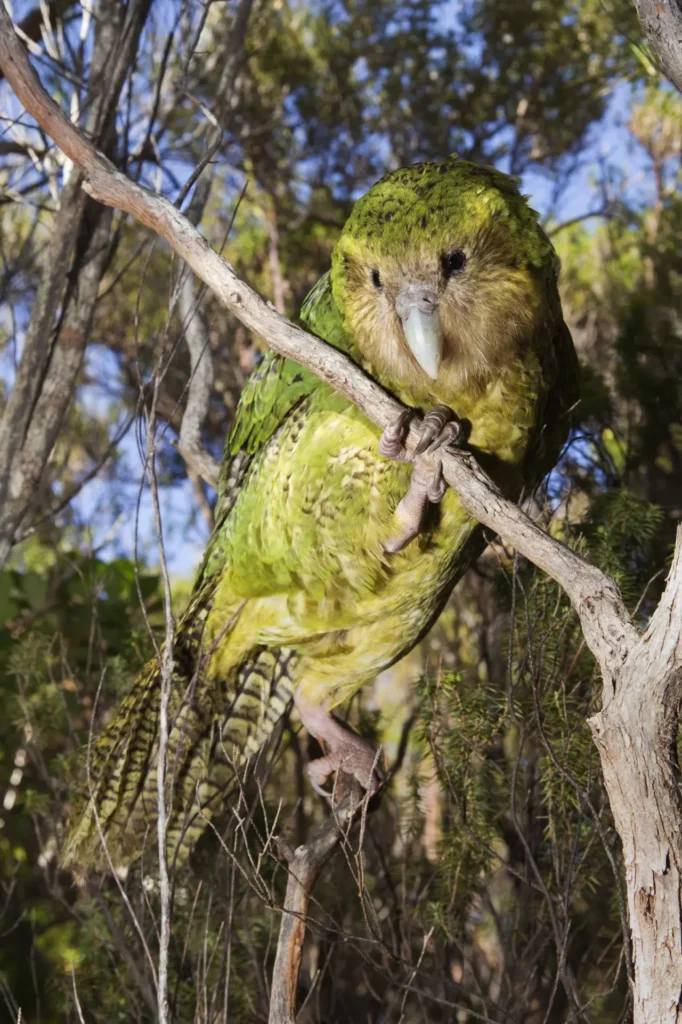
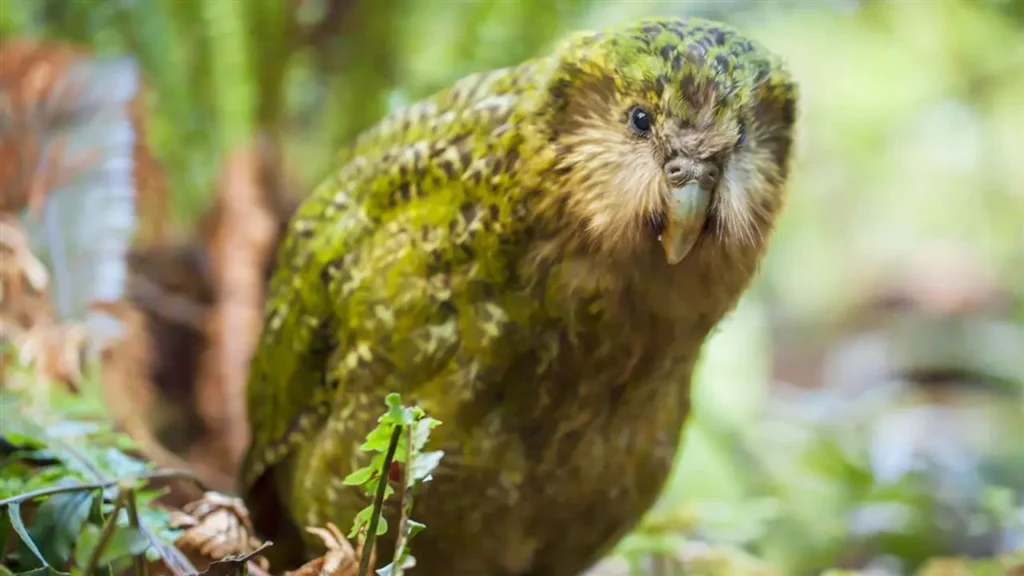
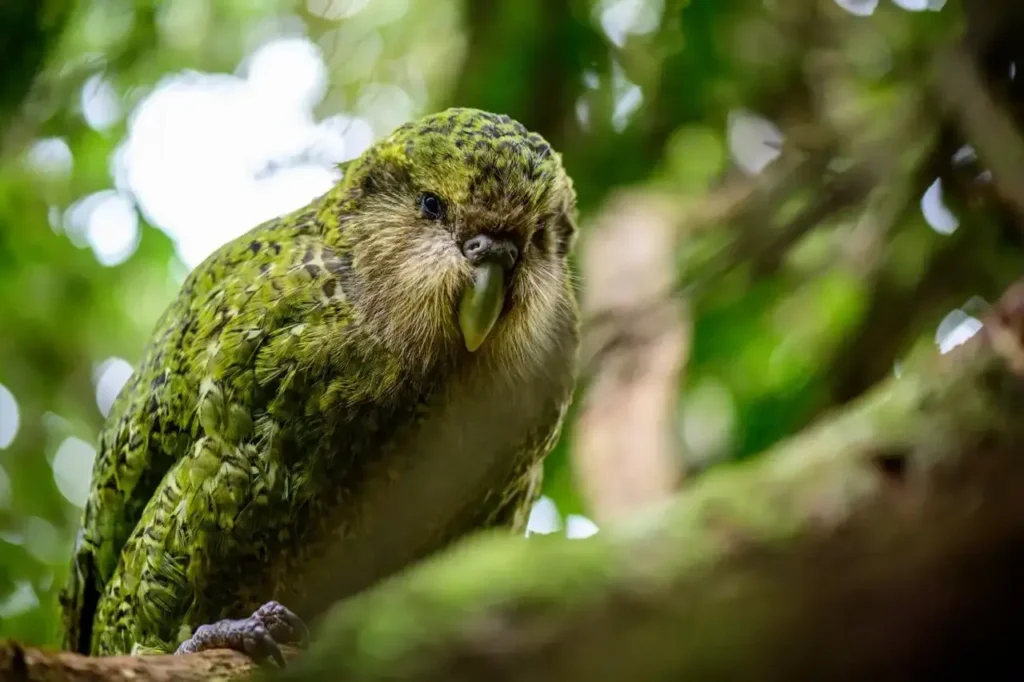

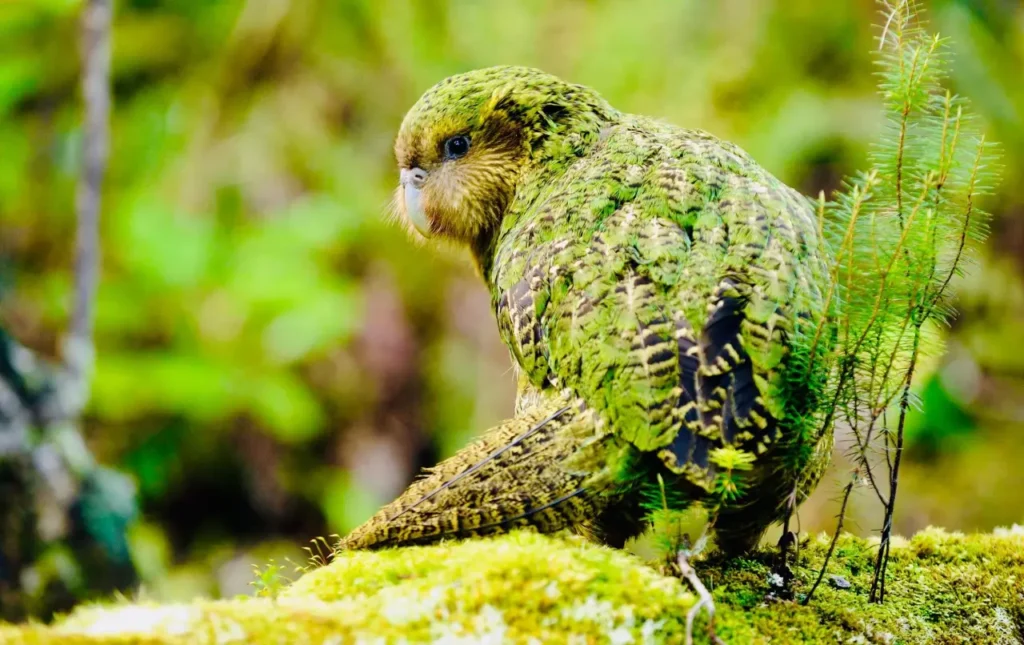

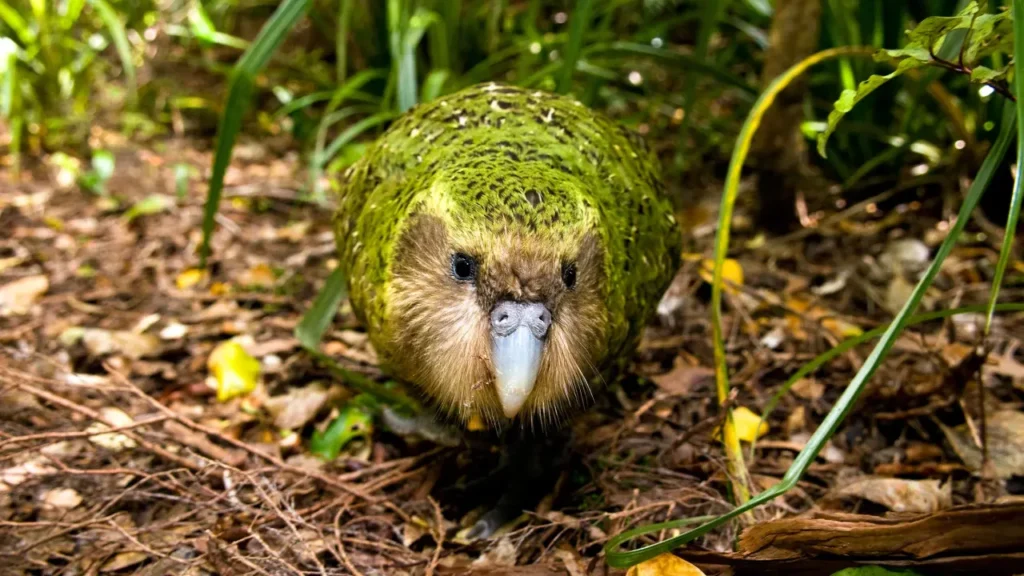
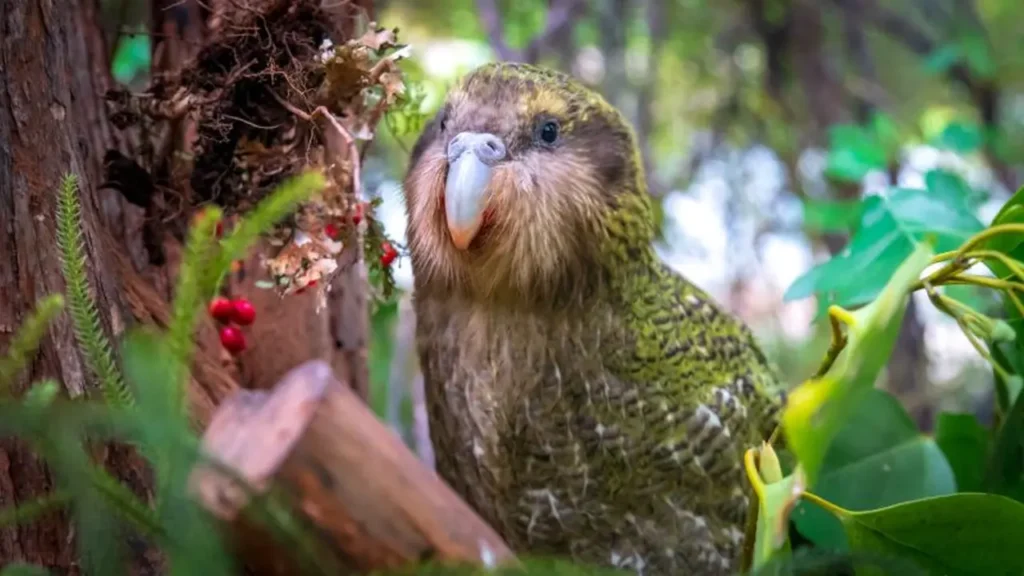

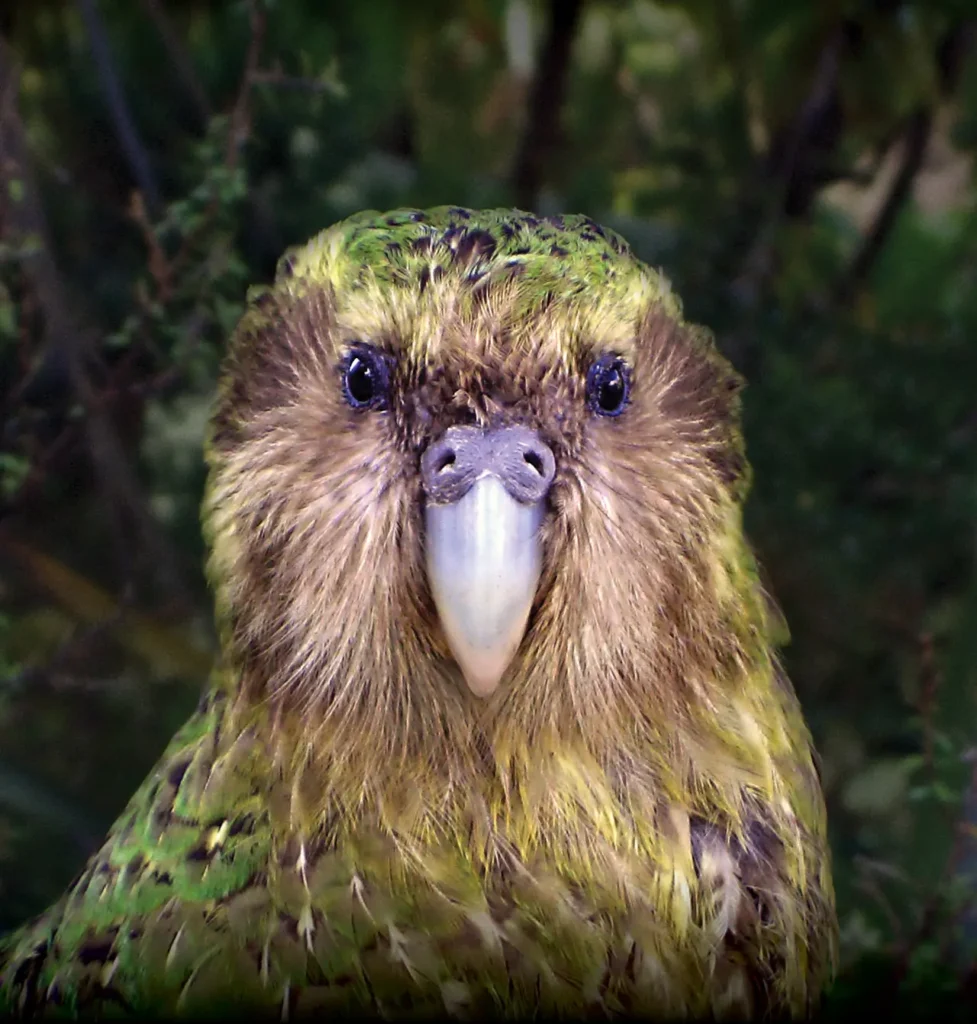
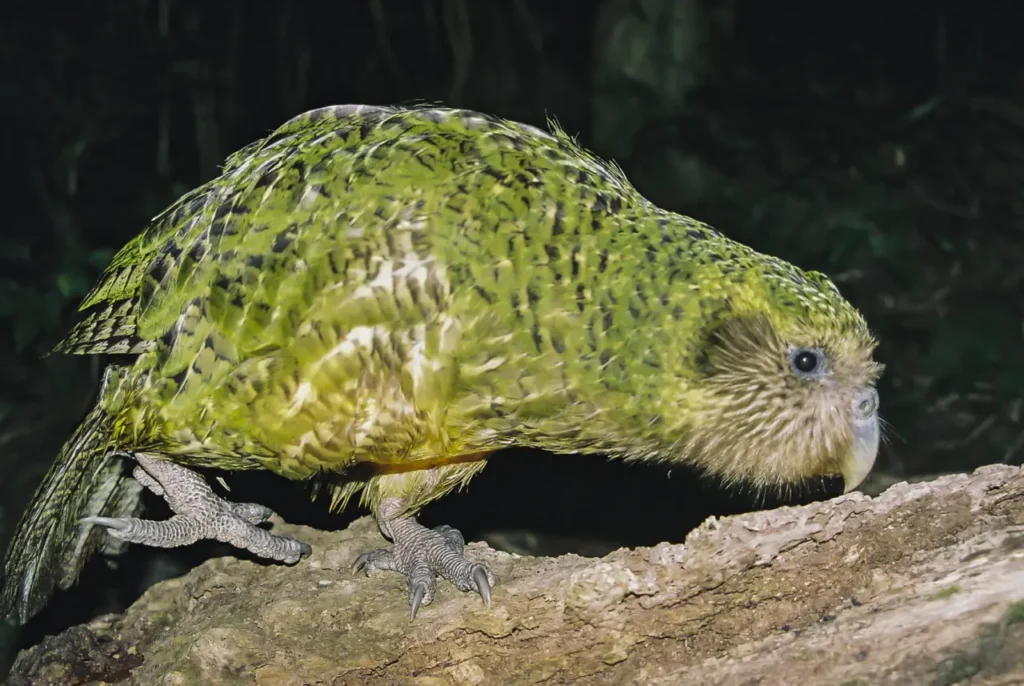
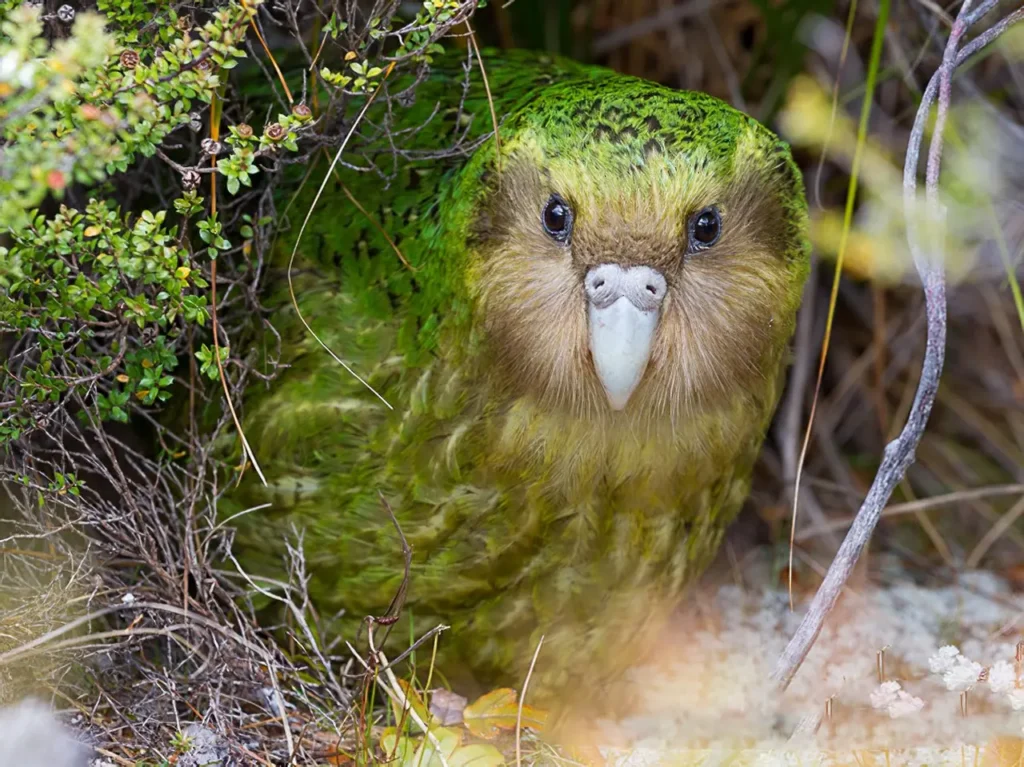
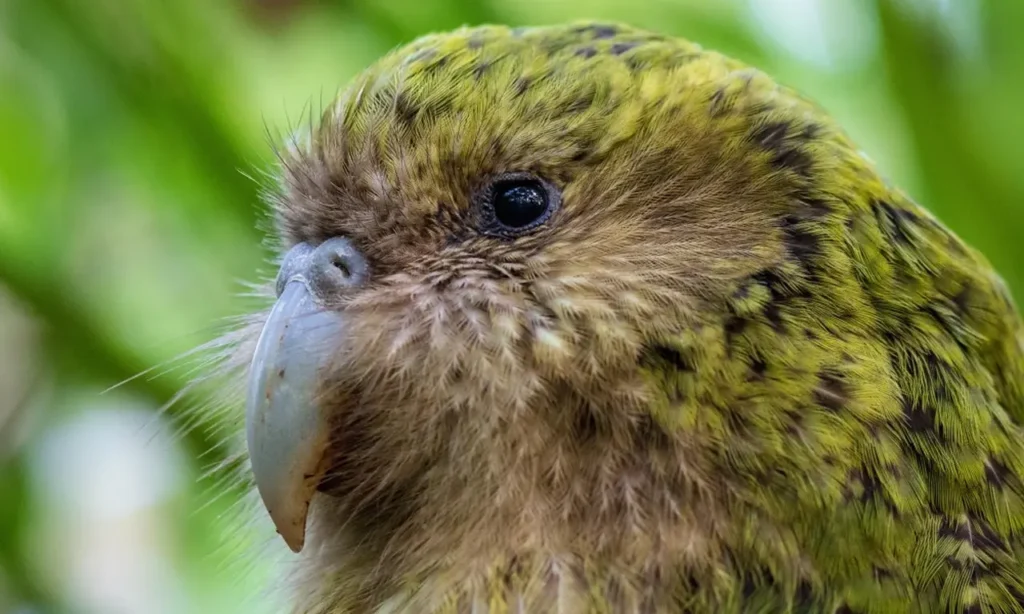
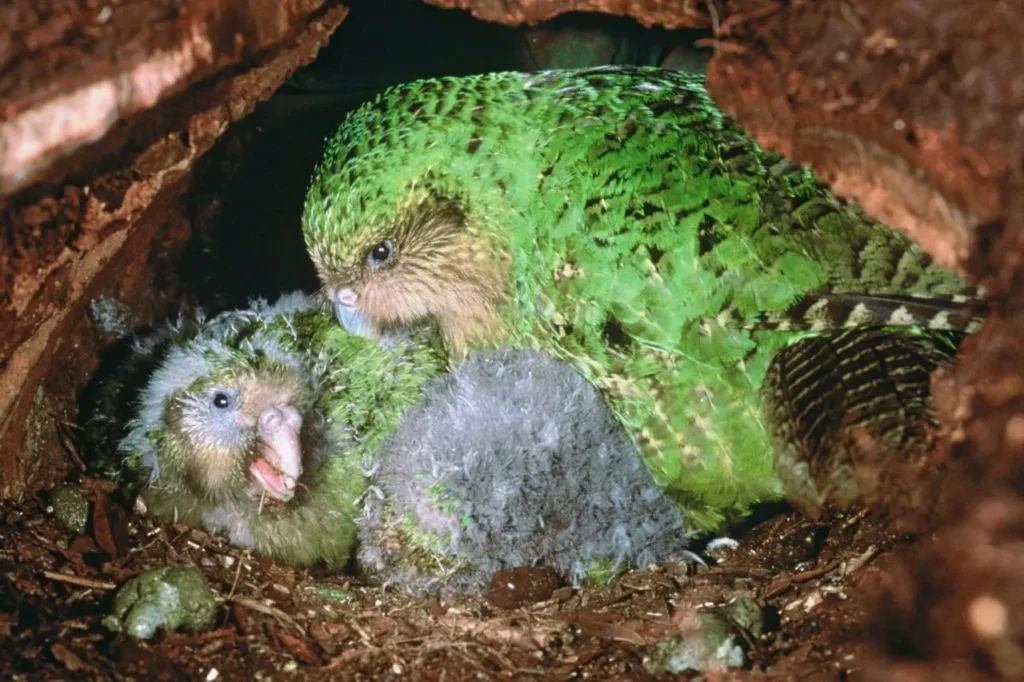
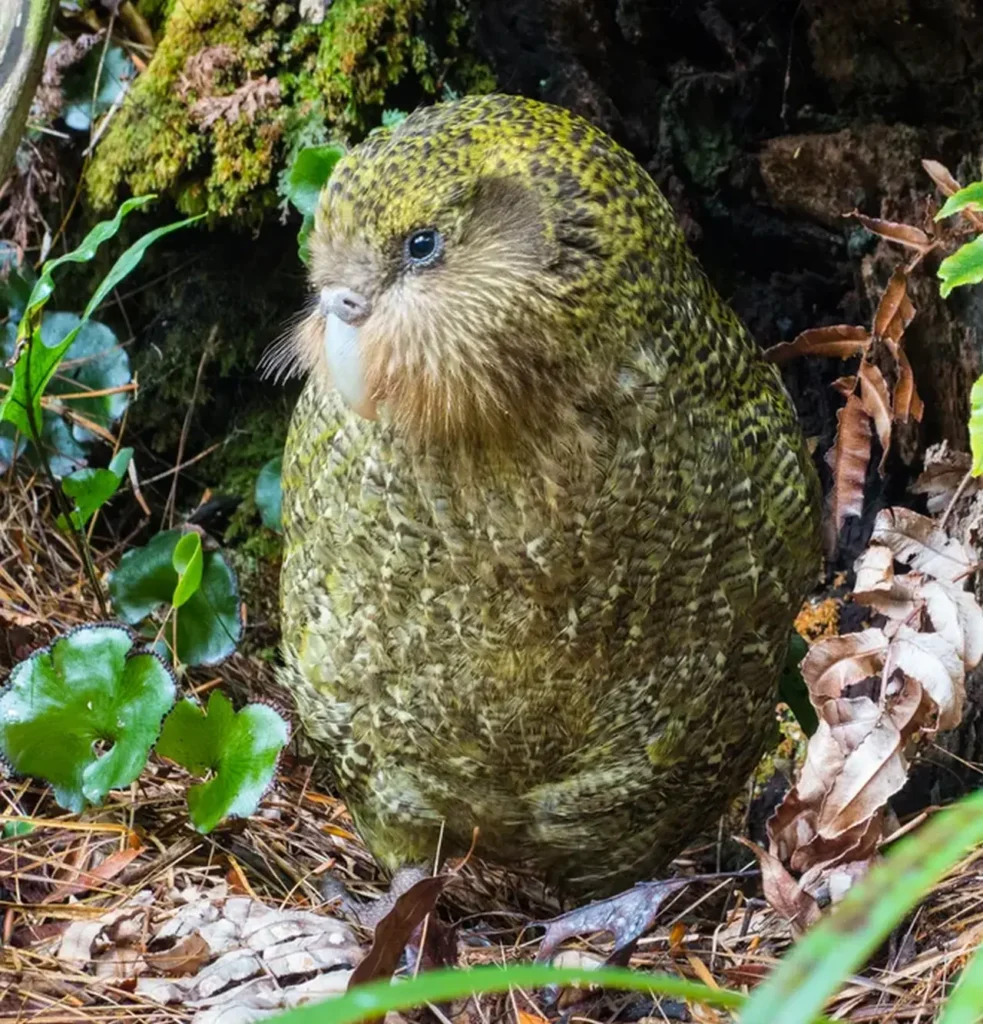
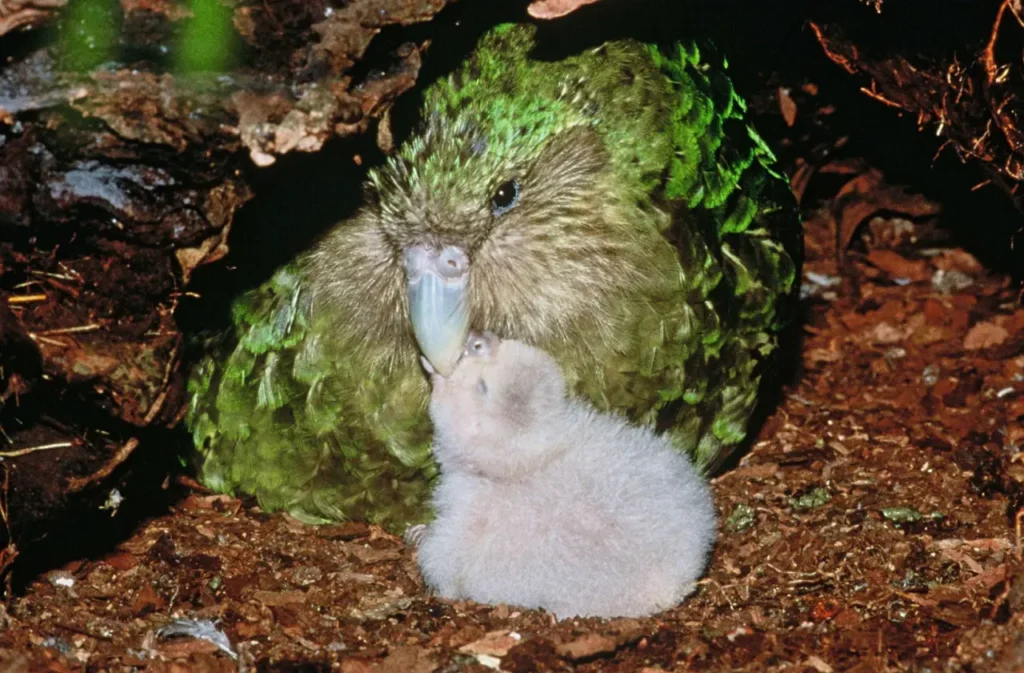
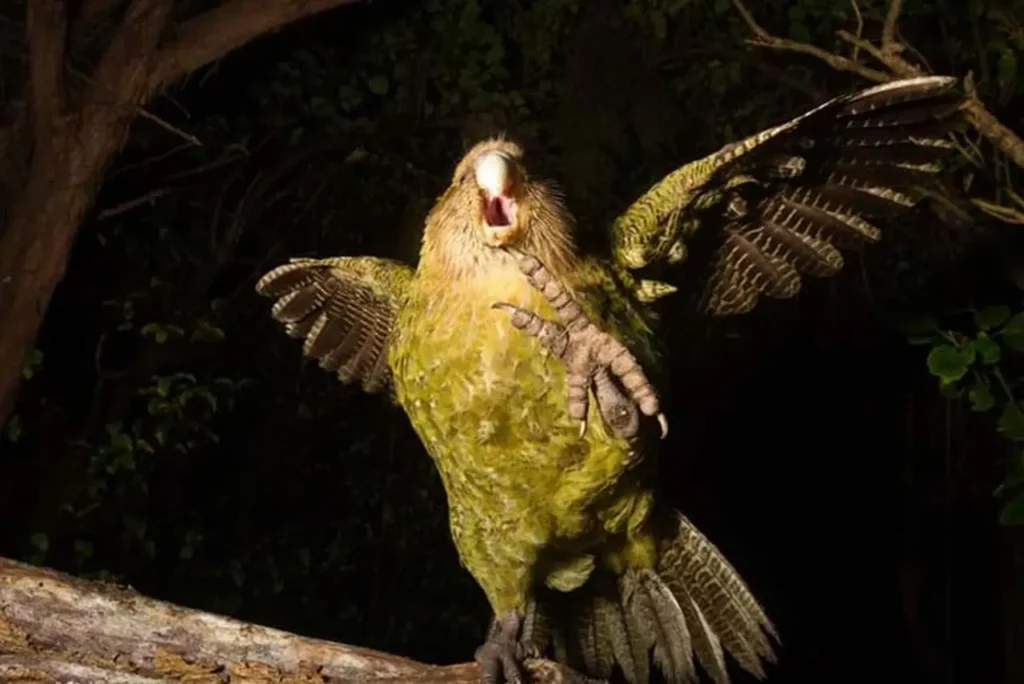
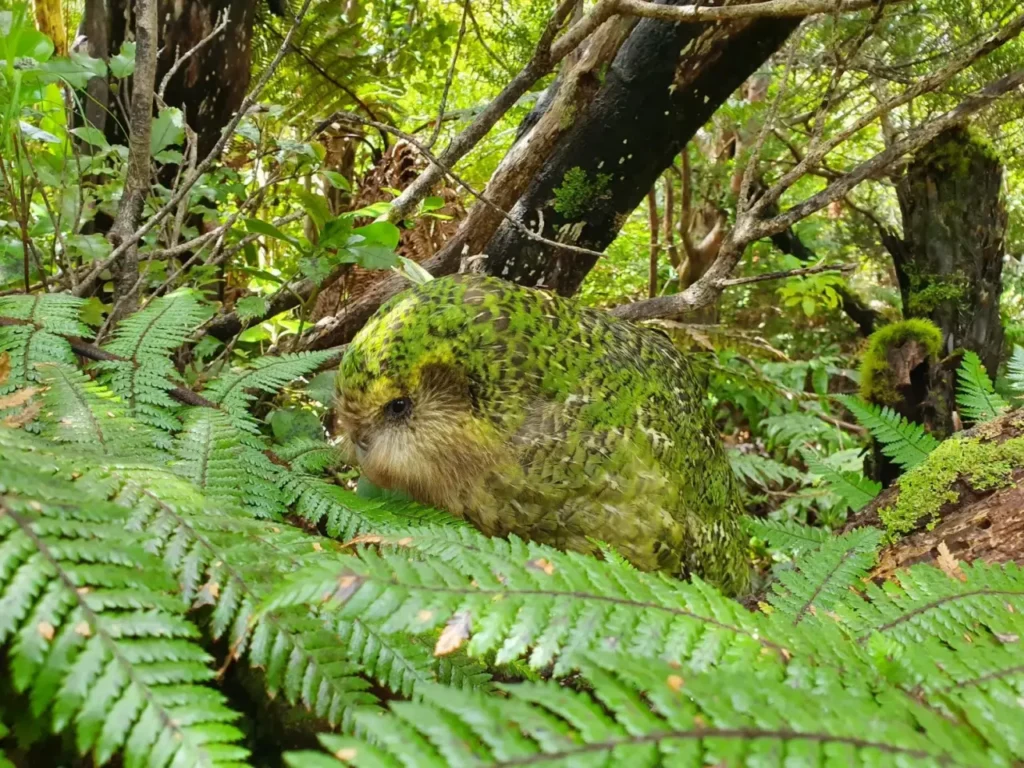
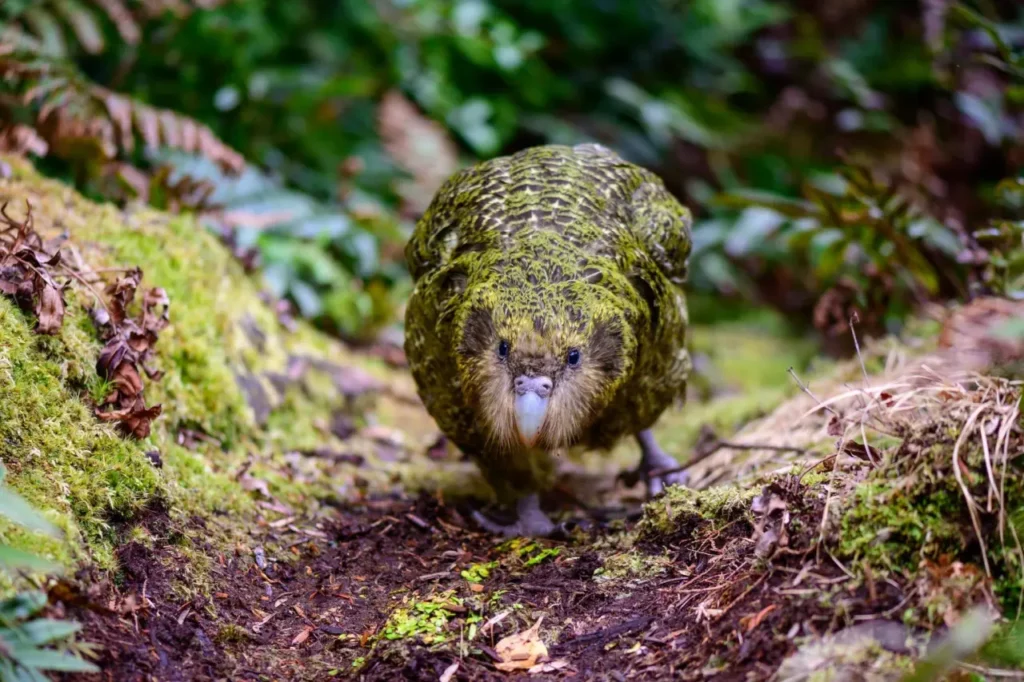
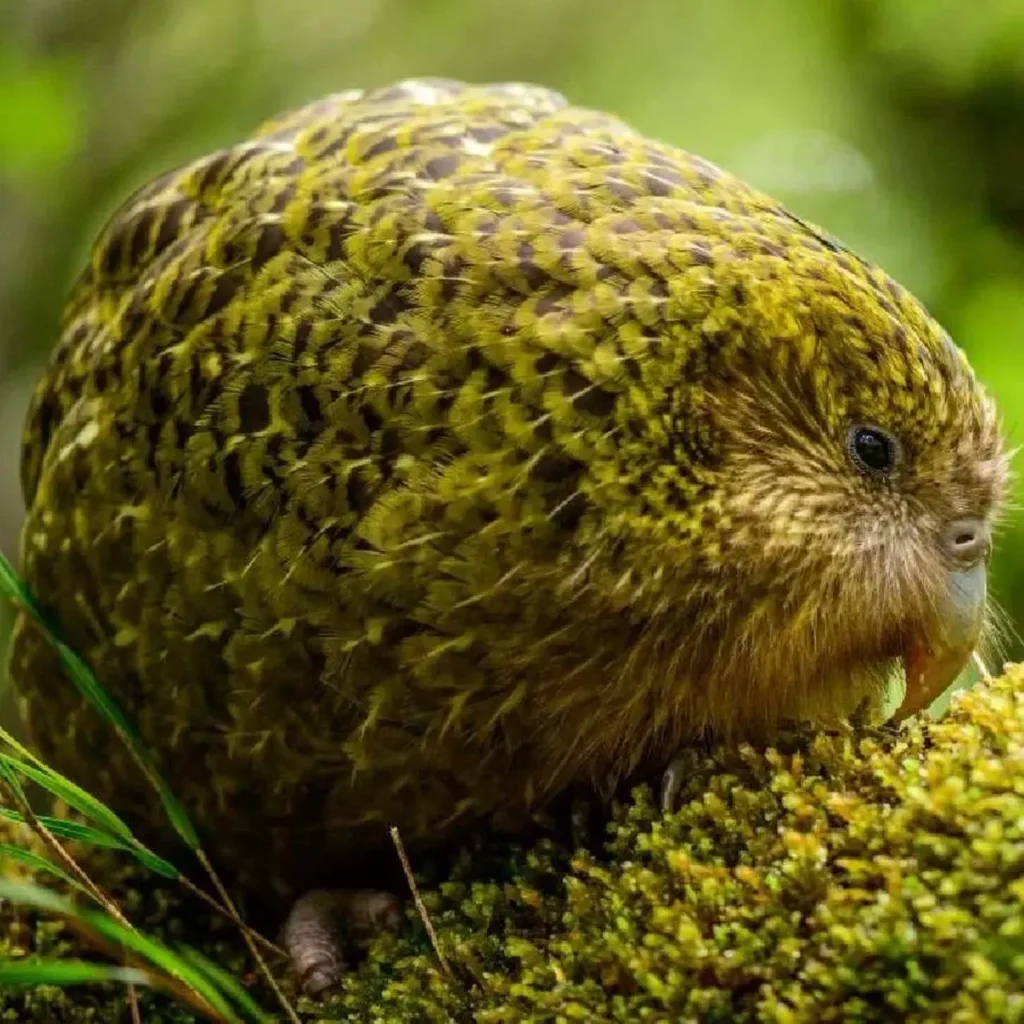
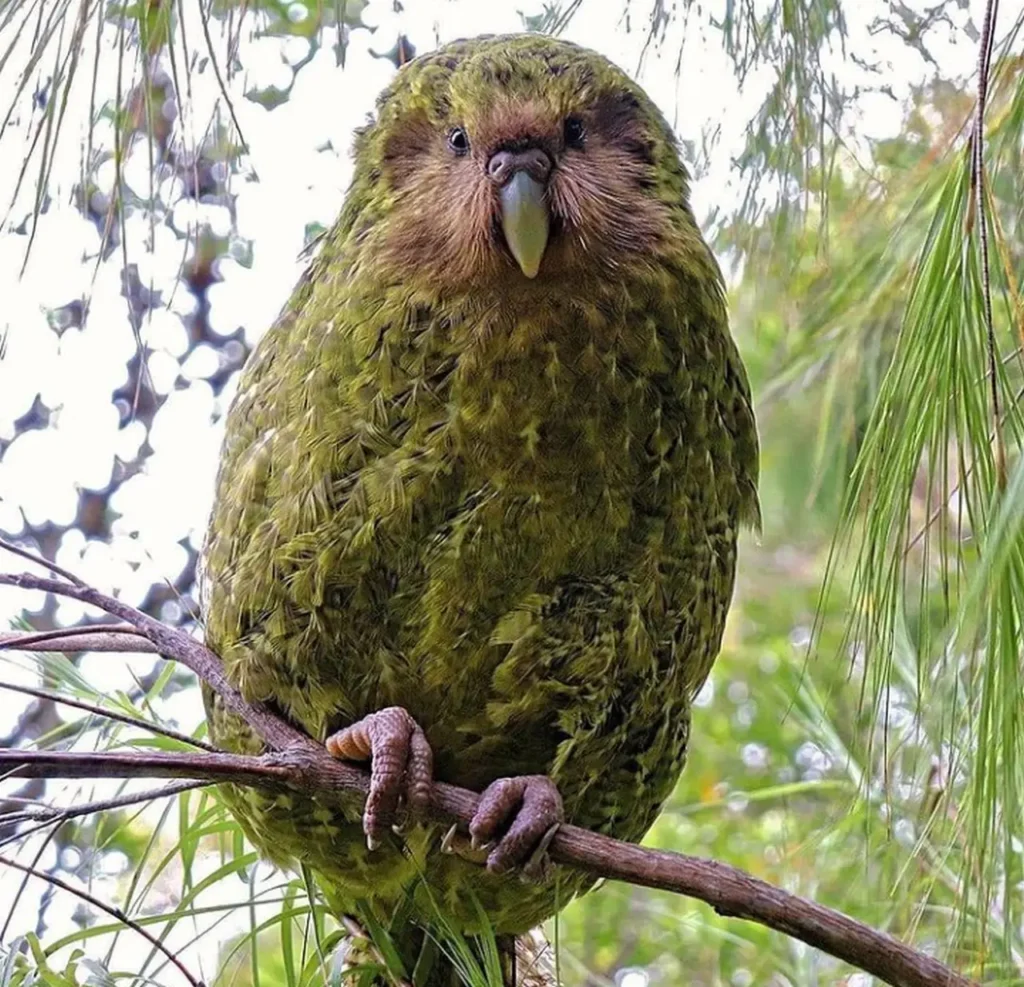
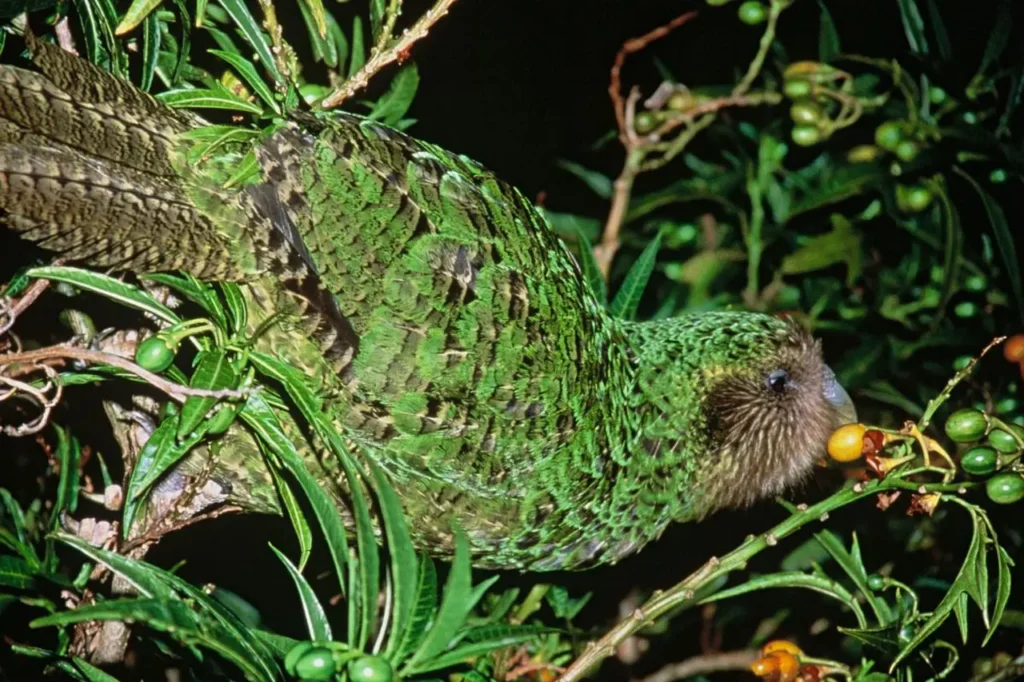
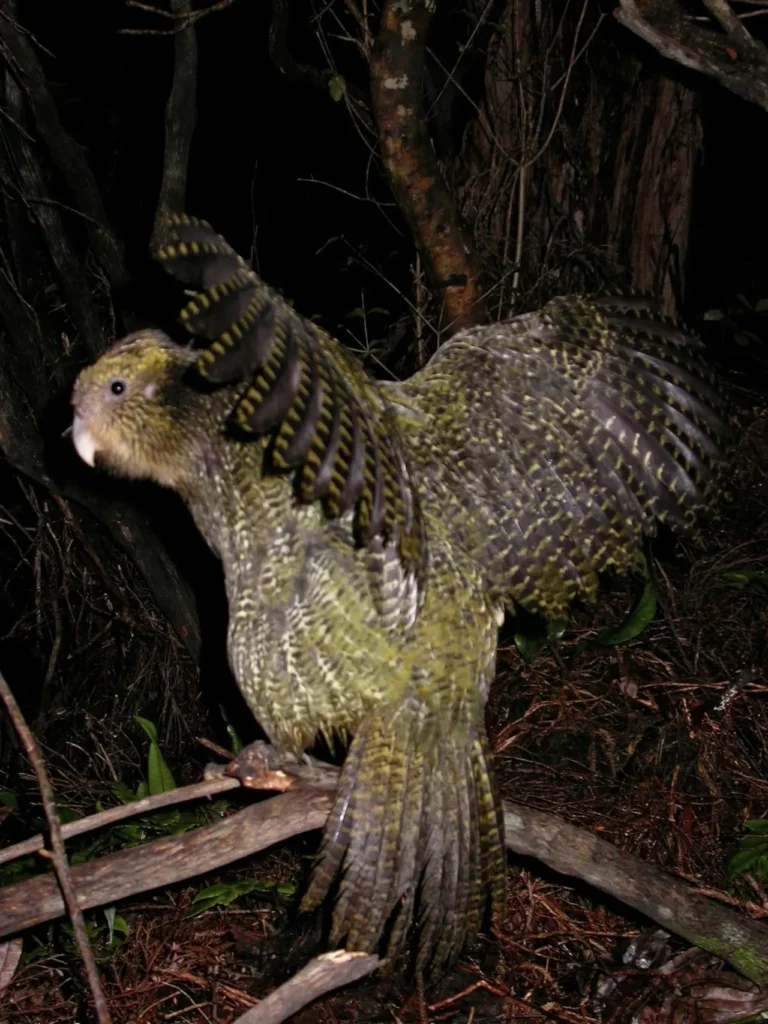
The Kakapo’s plight serves as a powerful reminder of the interconnectedness of species and ecosystems, and the impact that human actions can have on the delicate balance of nature. By supporting conservation initiatives, raising awareness, and advocating for the protection of this charismatic parrot, we can contribute to securing the future of the Kakapo and the unique natural heritage of New Zealand. As we work collectively to preserve its habitat and restore its population, the Kakapo’s endearing presence can continue to grace the forests of New Zealand for generations to come.
